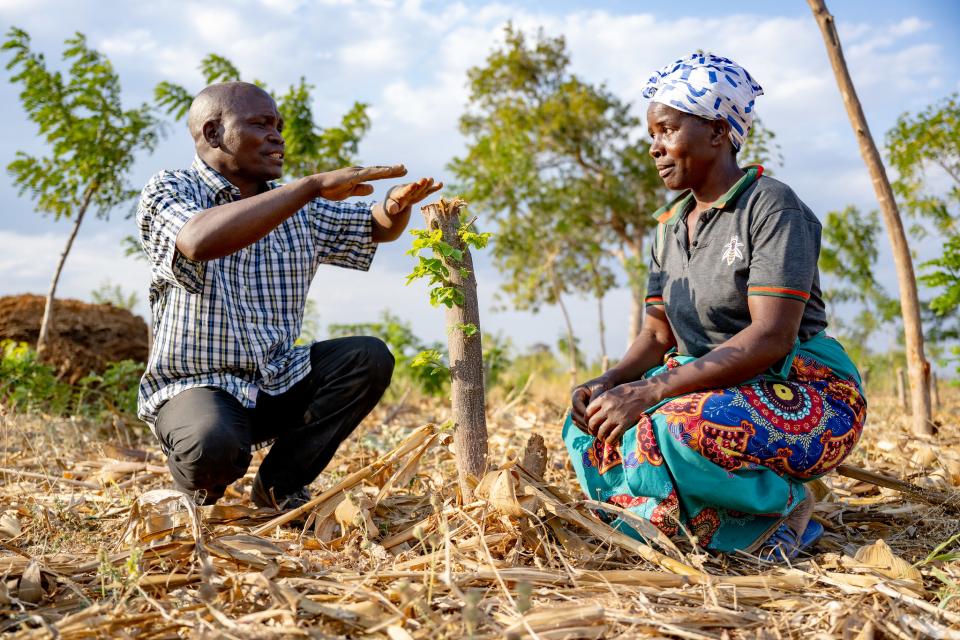
Addressing Africa’s soil health challenges through the ten-year African Fertilizer and Soil Health Action Plan
Dive into a new Briefing Note from AUDA-NEPAD with Coalition of Action for Soil Health and AICCRA on Addressing Africa’s soil health challenges through the ten-year African Fertilizer and Soil Health Action Plan (2024-2034) and the longer-term Soil Initiative for Africa Framework.
Agricultural productivity in Africa is severely constrained by extensive land and soil degradation, a challenge that has persisted for decades. Approximately 75-80% of the continent's cultivated area is reportedly degraded, resulting in a loss of 30-60kg of nutrients per hectare annually. This affects more than 485 million people (65% of the population).
Further, projections indicate that over half of Africa's currently arable land may become unusable by 2050. Various factors contribute to the continent's soil degradation, including the loss of organic matter, erosion from water and wind, acidification, biodiversity loss, and salinity.
In May 2024, the African Union is convening an Africa Fertilizer and Soil Health Summit to bring together key stakeholders to deliberate on Africa’s decline in soil quality. Conversations will highlight the crucial role of fertilizer and soil health in stimulating sustainable productivity growth in African agriculture and to agree on an African Fertilizer and Soil Health Action Plan, as well as the Soil Initiative for Africa.
Ahead of AFSH2024, in a new Briefing Note developed through collaboration with African Union Development Agency-New Partnership for Africa’s Development (AUDA-NEPAD), Coalition of Action for Soil Health (CA4SH) and AICCRA, explore:
- Africa's soil health challenge
- Overview of the African Fertilizer and Soil Health Action Plan (2024-2034)
- AFSH Action Plan results chain
- Implementation framework
- Overview of the Soil Initiative for Africa (SIA) Framework
- Implementation of the SIA Framework and priority investment areas
- Linkages between the AFSH Action Plan outcomes and outputs
Related content

Virtual Info Session: Africa Fertilizer and Soil Health Summit - Delivering the Action Plan to 2034
Online
Soil health: critical to addressing climate change and realising Africa’s agricultural potential
